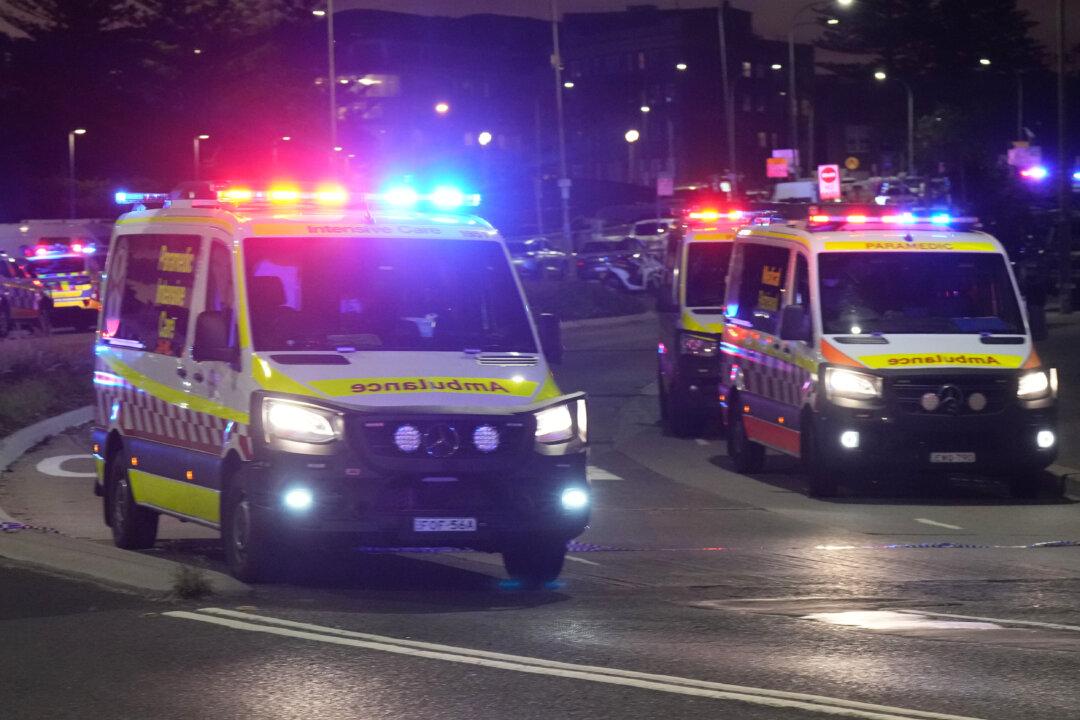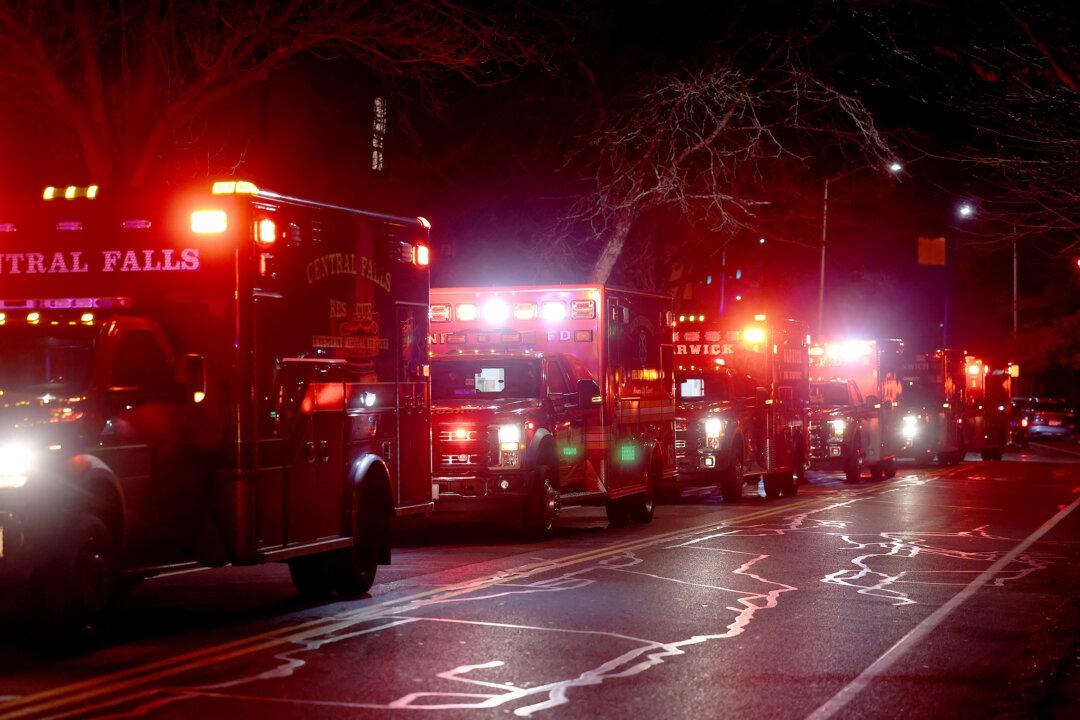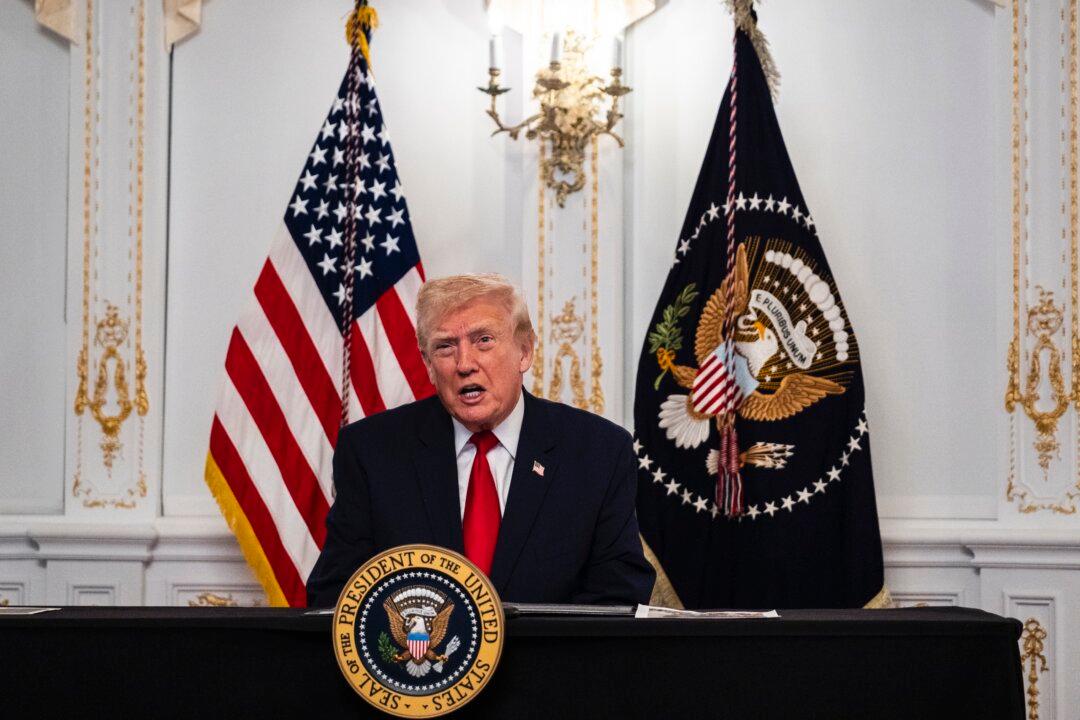A conservation expert and his team challenged the notion that expert help from the outside is the only way to preserve some of the world’s most valuable and unique ecosystems.
Ecologist Douglas Sheil and his team started on a conservation mission in 2004. Experts in establishing relationships with remote communities, the team was sent to villages of West Papua, Indonesia by Conservation International (CI) to pave the way for the America-based NGO to come in and assess conservation needs.
But after living for a while in two villages in the Mamberamo-Foja region, the team discovered something—villagers already had a protective system in place, and they were conserving the land quite well.
Three years later, he went back and documented what they were doing as a case study, which he and his co-authors recently published.
The study addresses a conflict Sheil has seen before: professional conservation organizations saying they need to protect unique resource-rich lands, and locals not getting credit for already protecting the land and often getting blamed for not doing it right.
Papua Nature Reserve
Papua used to shelter the largest, untouched tropical forest wilderness in the Asia-Pacific region, according to a 2010 study Sheil co-authored. New Guinea, the second largest island on Earth (the west half of which belongs to Indonesia), is home to an estimated 14,000 to 25,000 unknown plant species. Indonesia is one of the world’s most biologically diverse countries.






